-
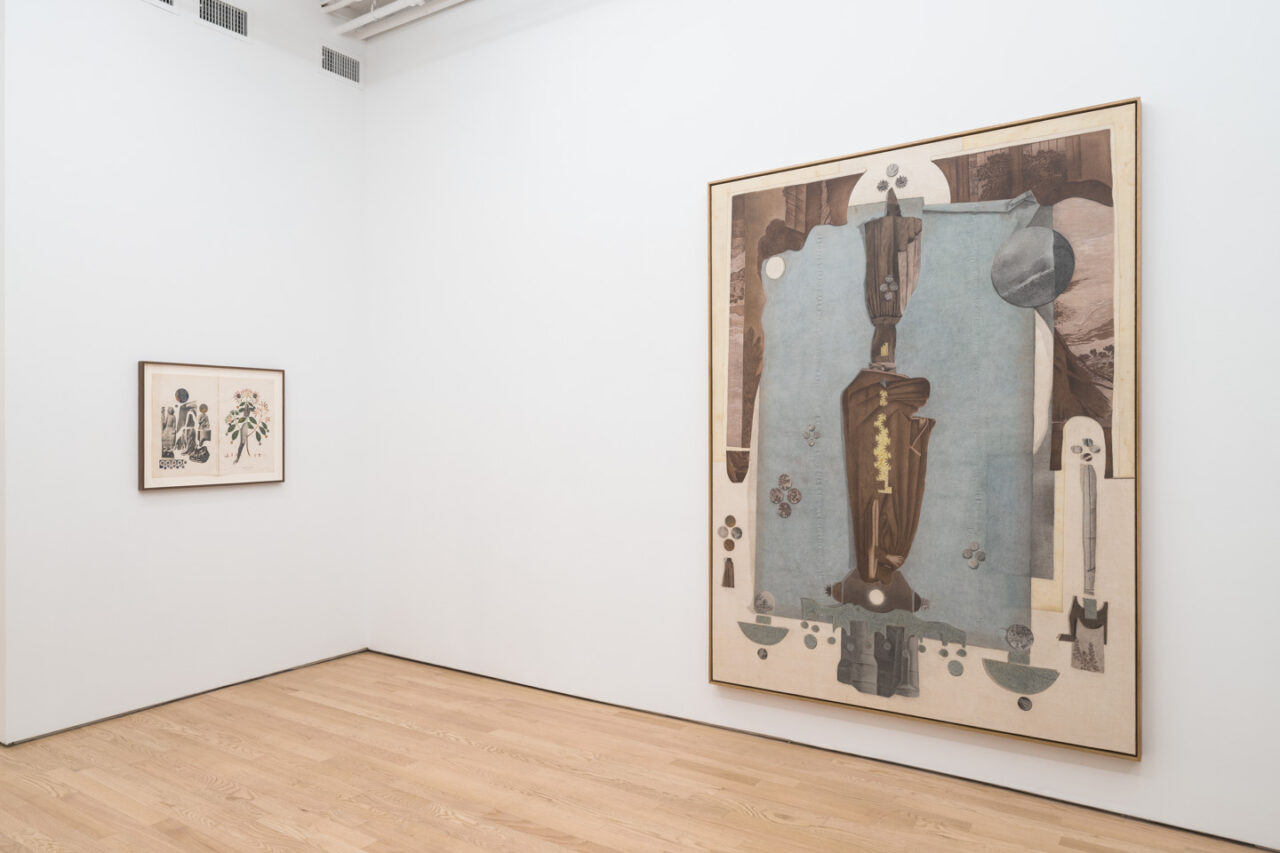
Installation view, Afterlifes, 2025
-
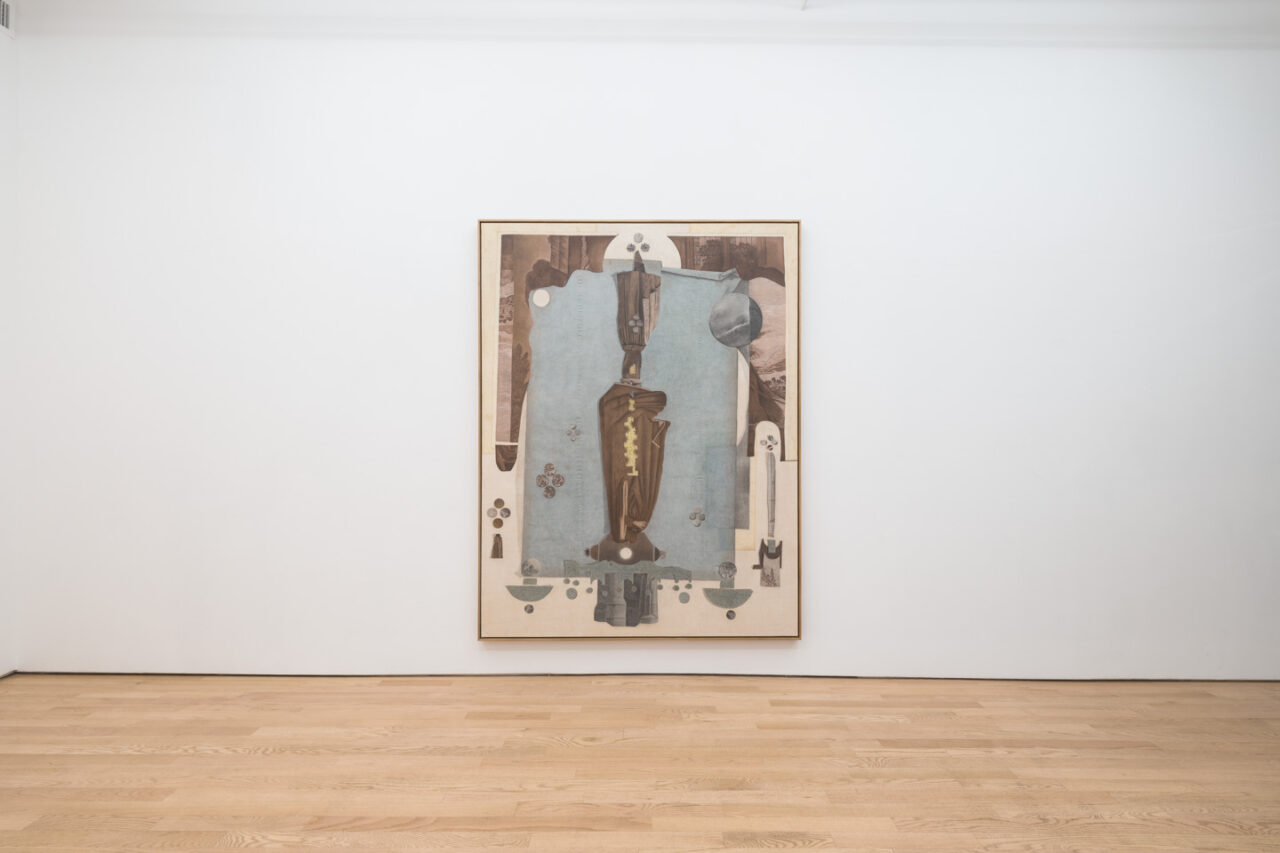
Installation view, Afterlifes, 2025
-
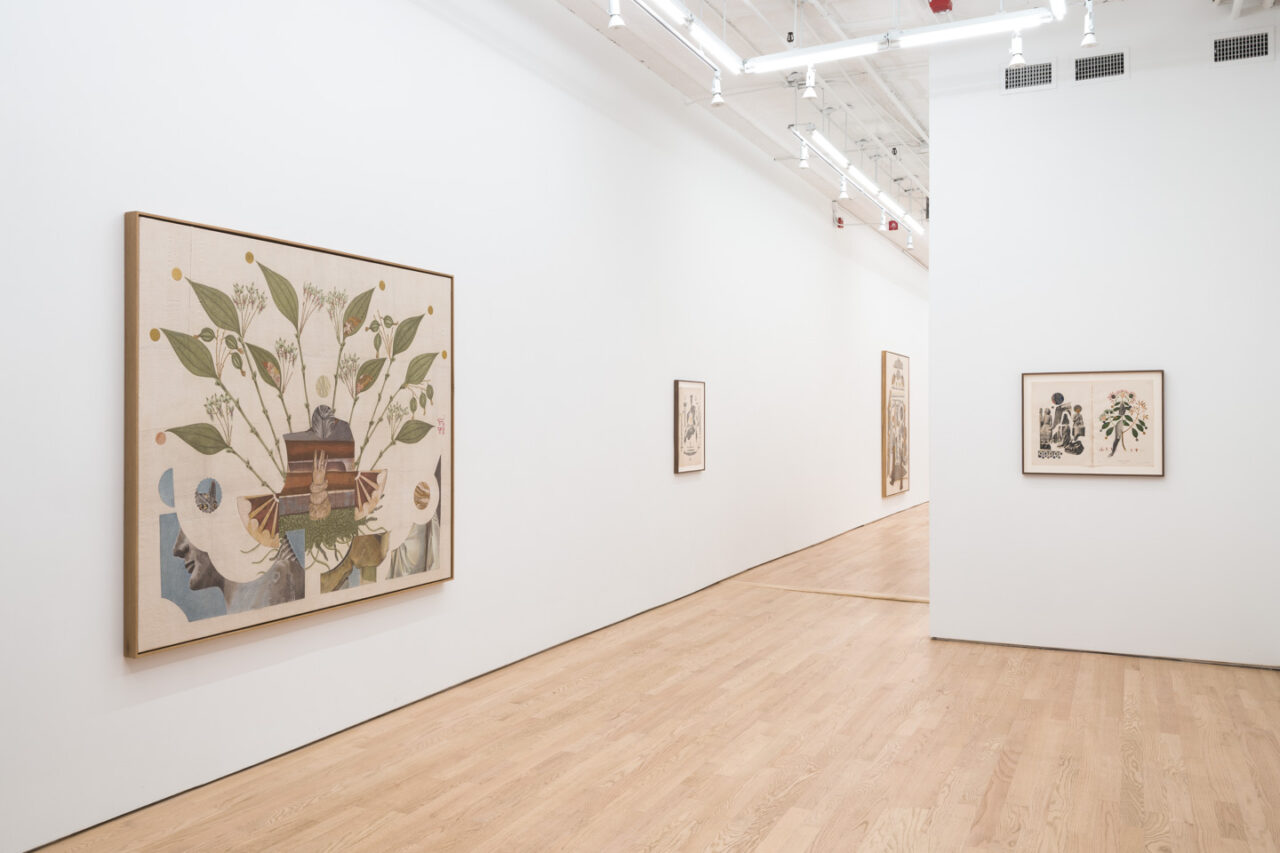
Installation view, Afterlifes, 2025
-
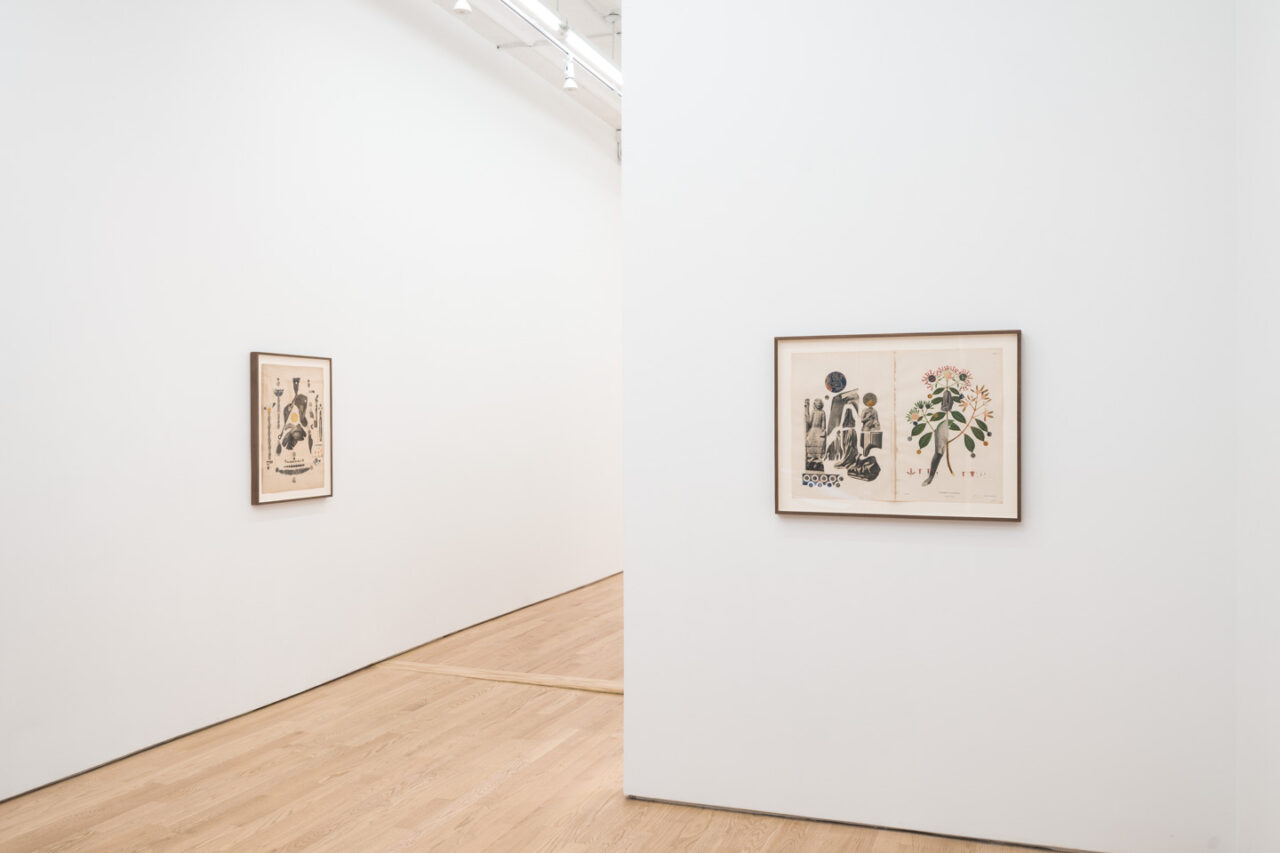
Installation view, Afterlifes, 2025
-
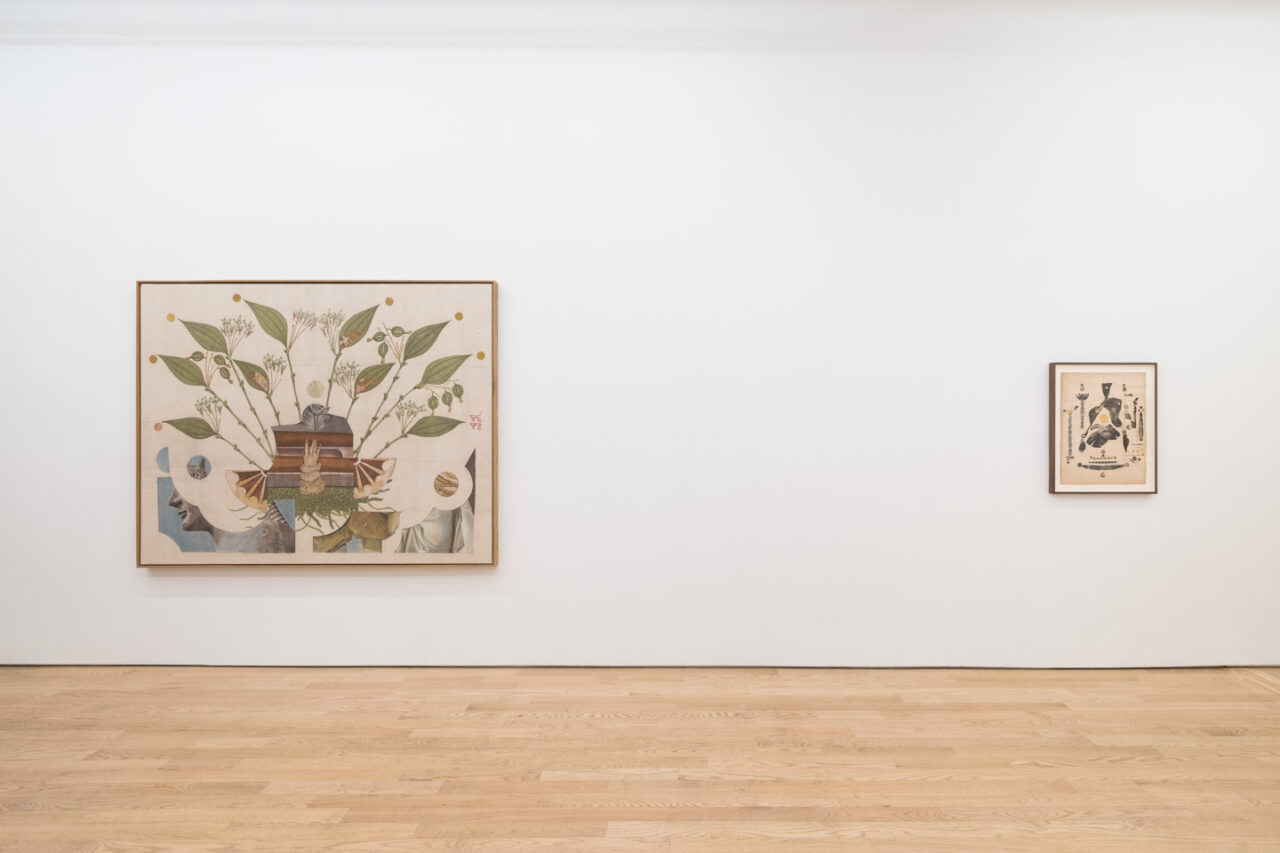
Installation view, Afterlifes, 2025
-

Installation view, Afterlifes, 2025
-
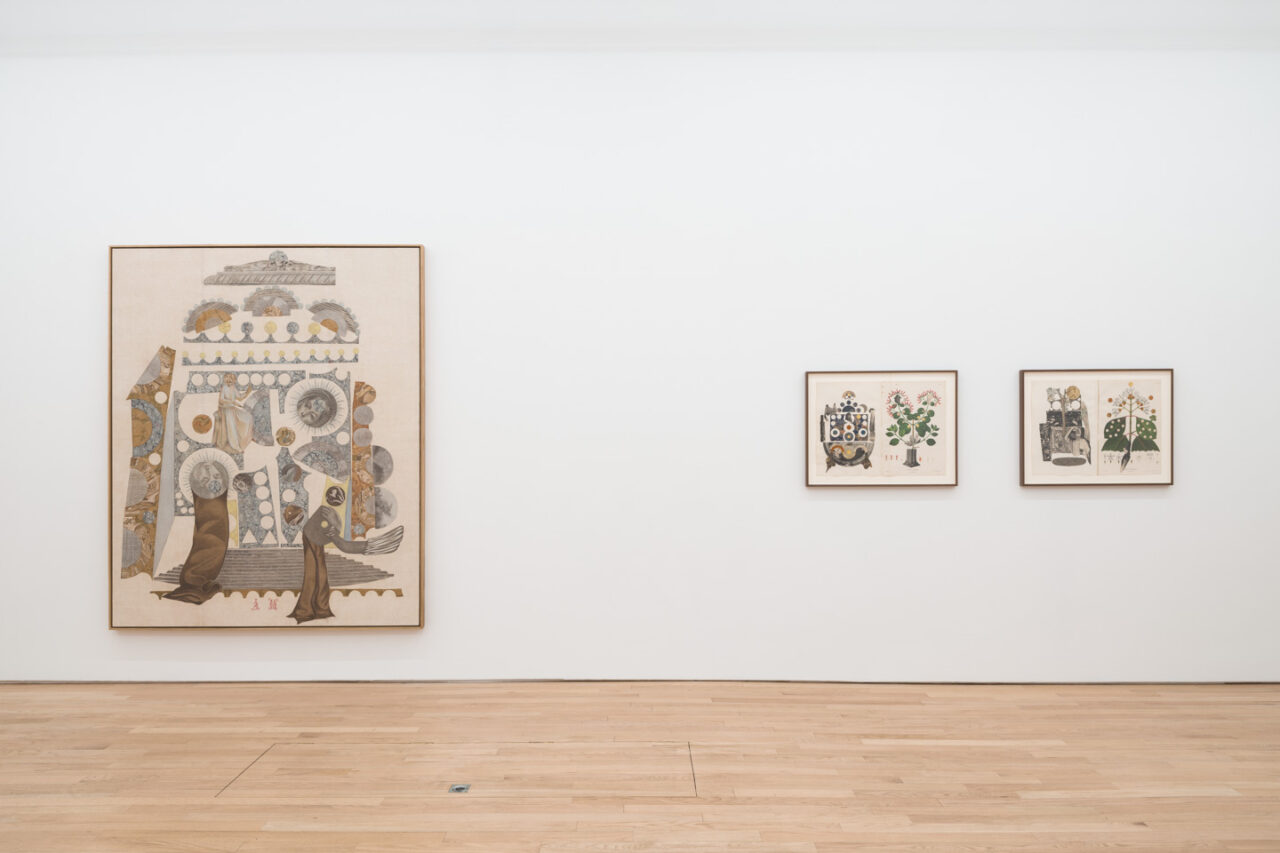
Installation view, Afterlifes, 2025
-
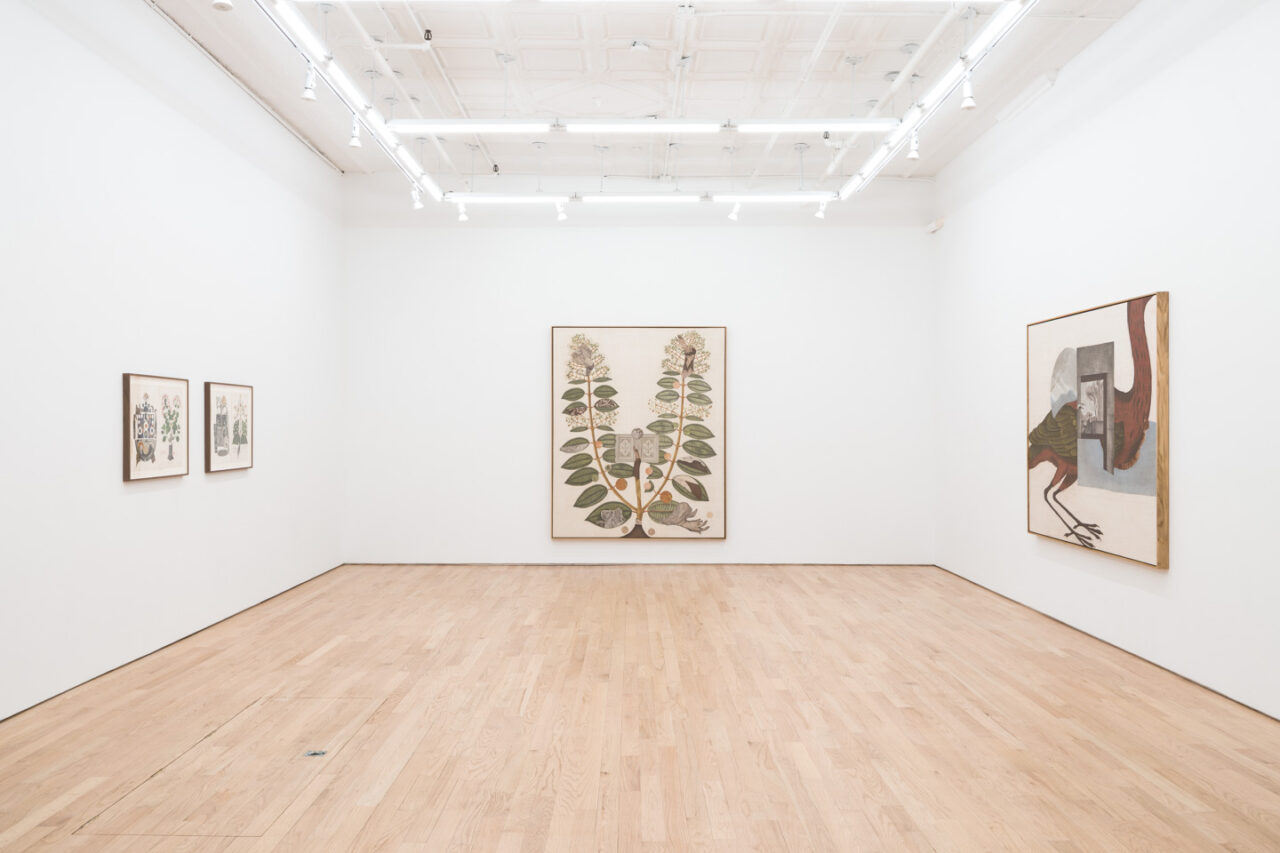
Installation view, Afterlifes, 2025
-
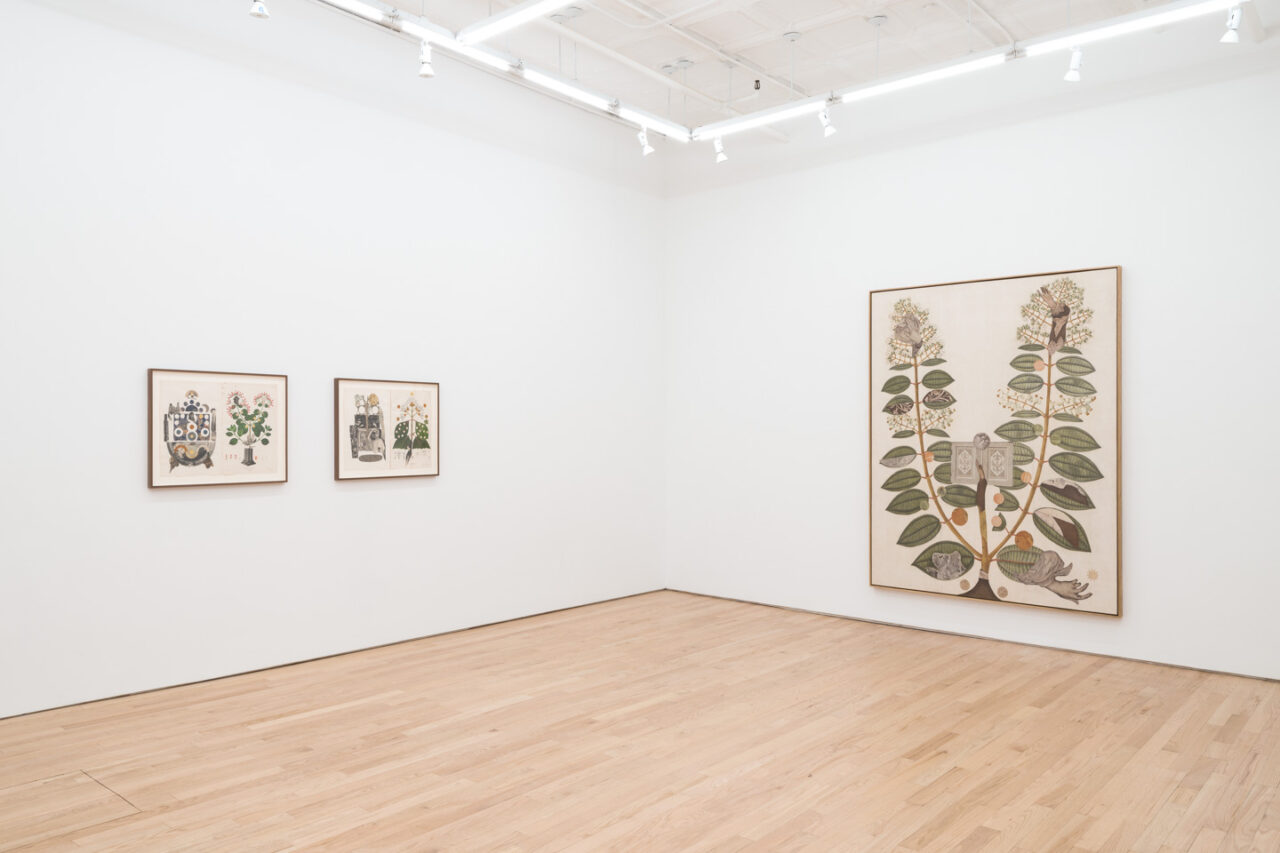
Installation view, Afterlifes, 2025
-
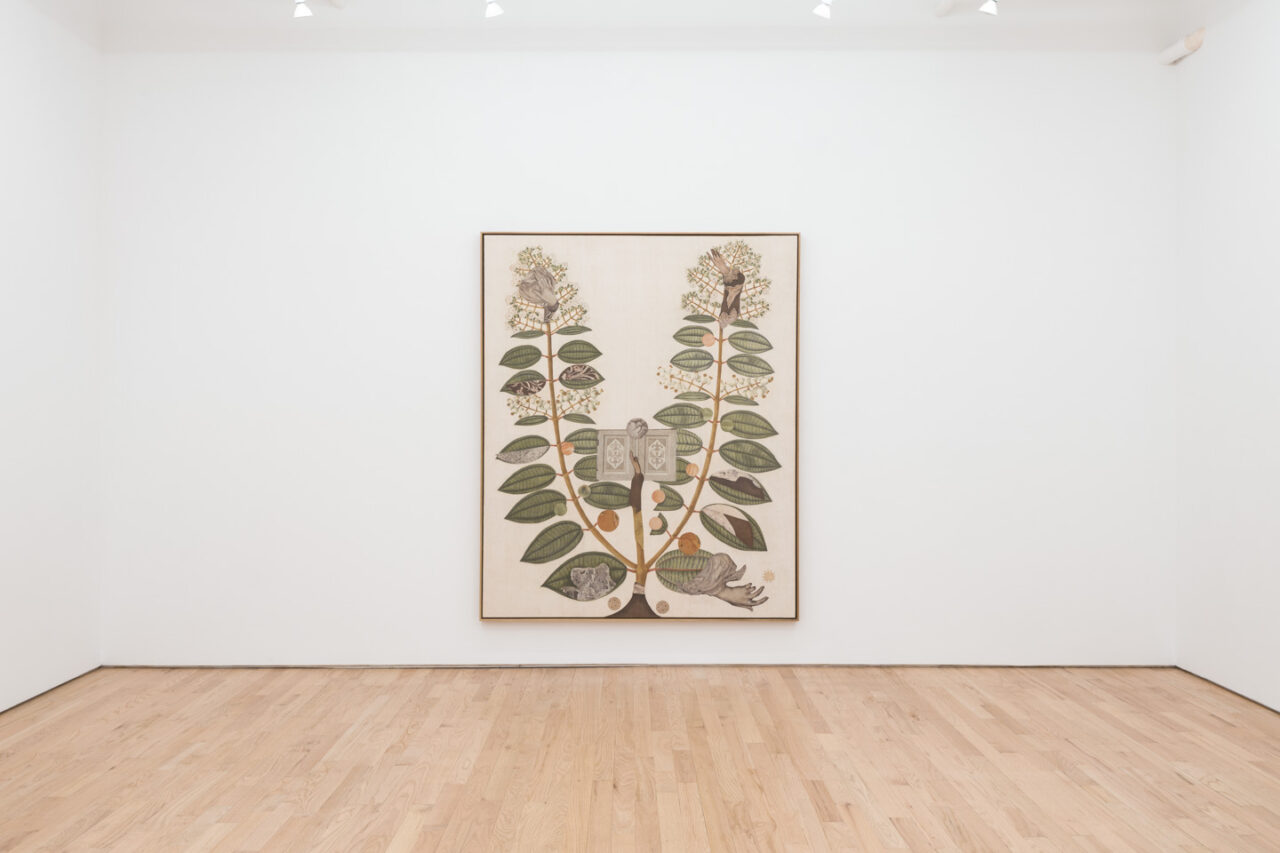
Installation view, Afterlifes, 2025
-

Installation view, Afterlifes, 2025
-
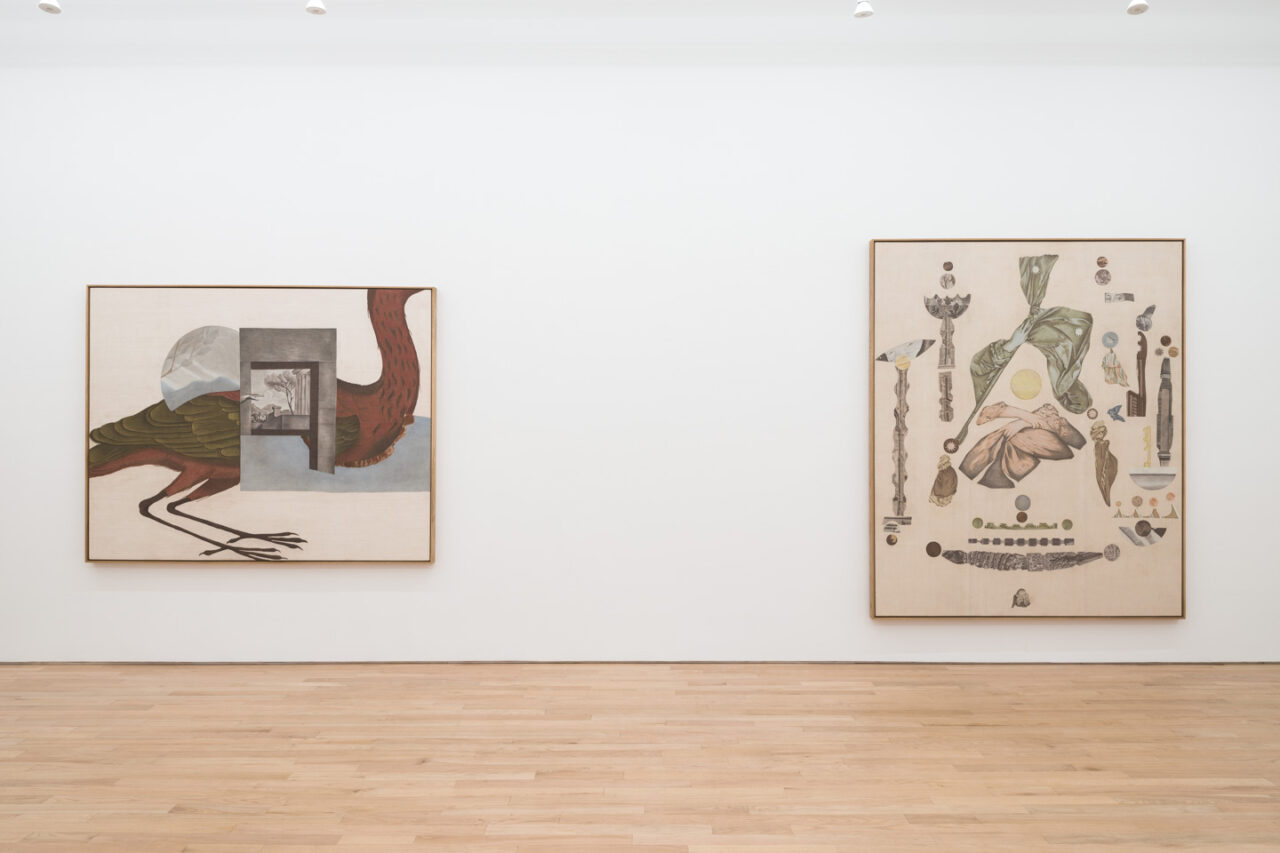
Installation view, Afterlifes, 2025
-

Installation view, Afterlifes, 2025
-

Installation view, Afterlifes, 2025
-
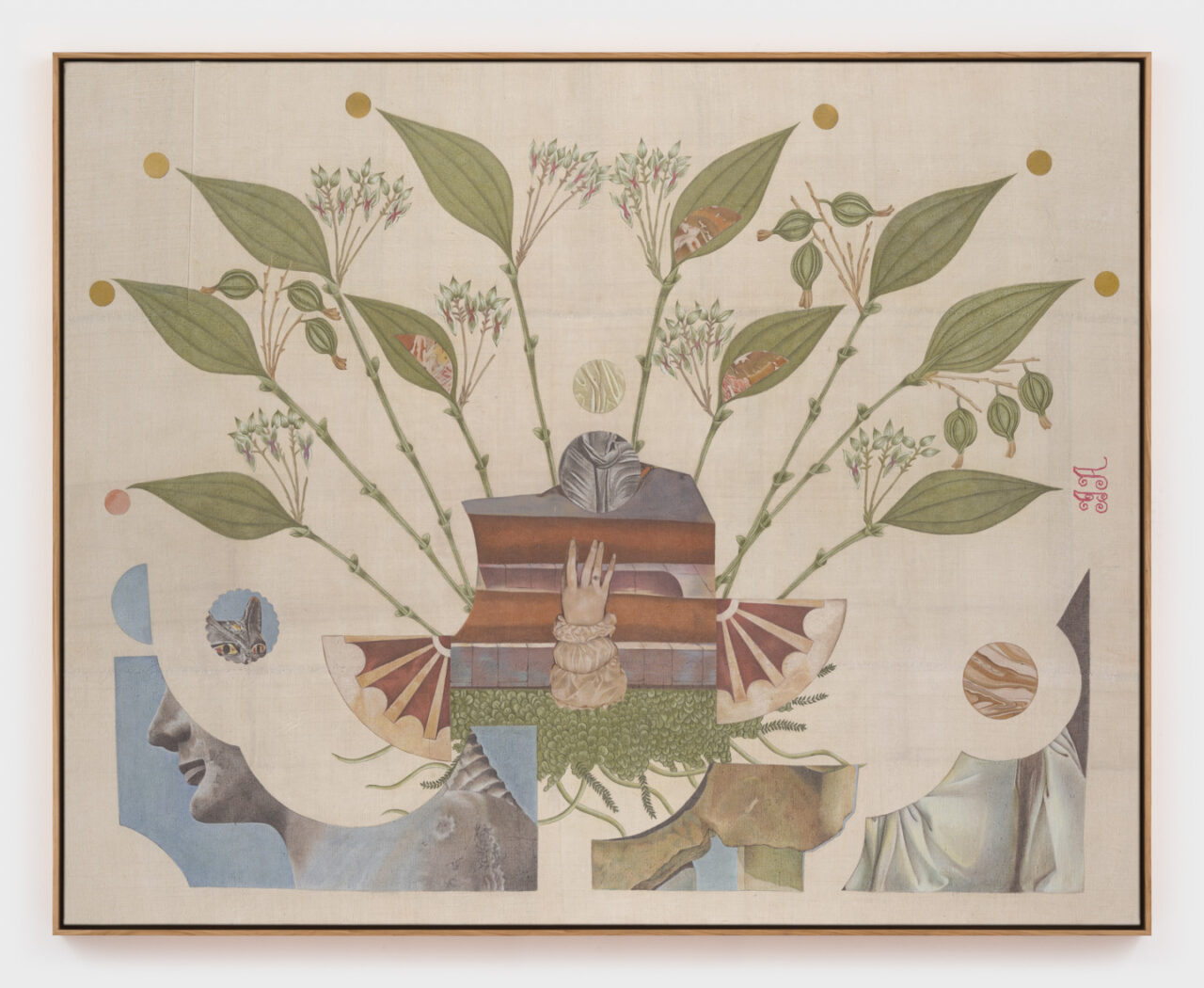
Louise Despont
The Present, 2024
Colored pencil on antique linen
Framed: 64 1/4 x 80 inches -
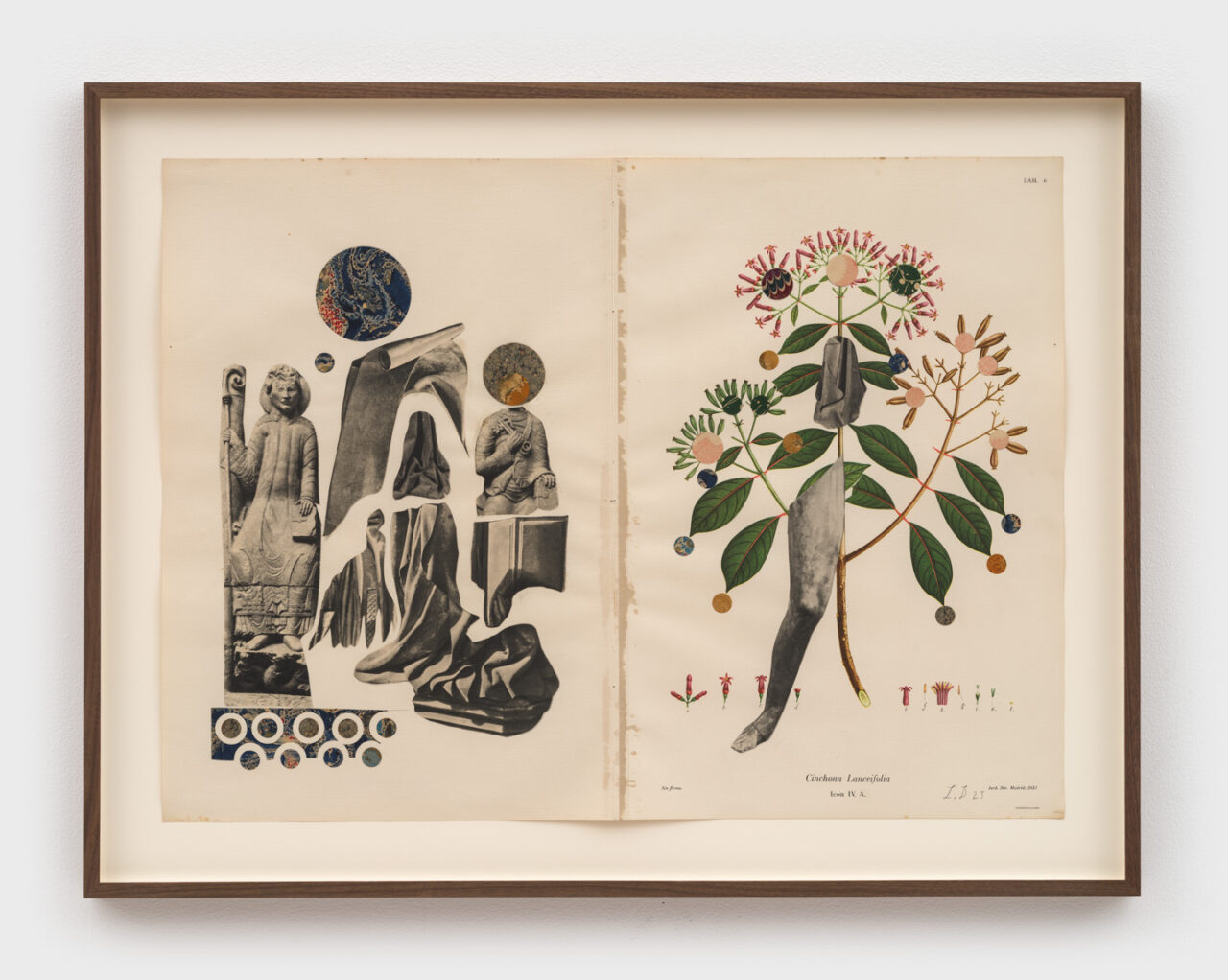
Louise Despont
Floras no. 25, 2025
Collage with antique book pages
Framed: 25 1/2 x 33 inches -
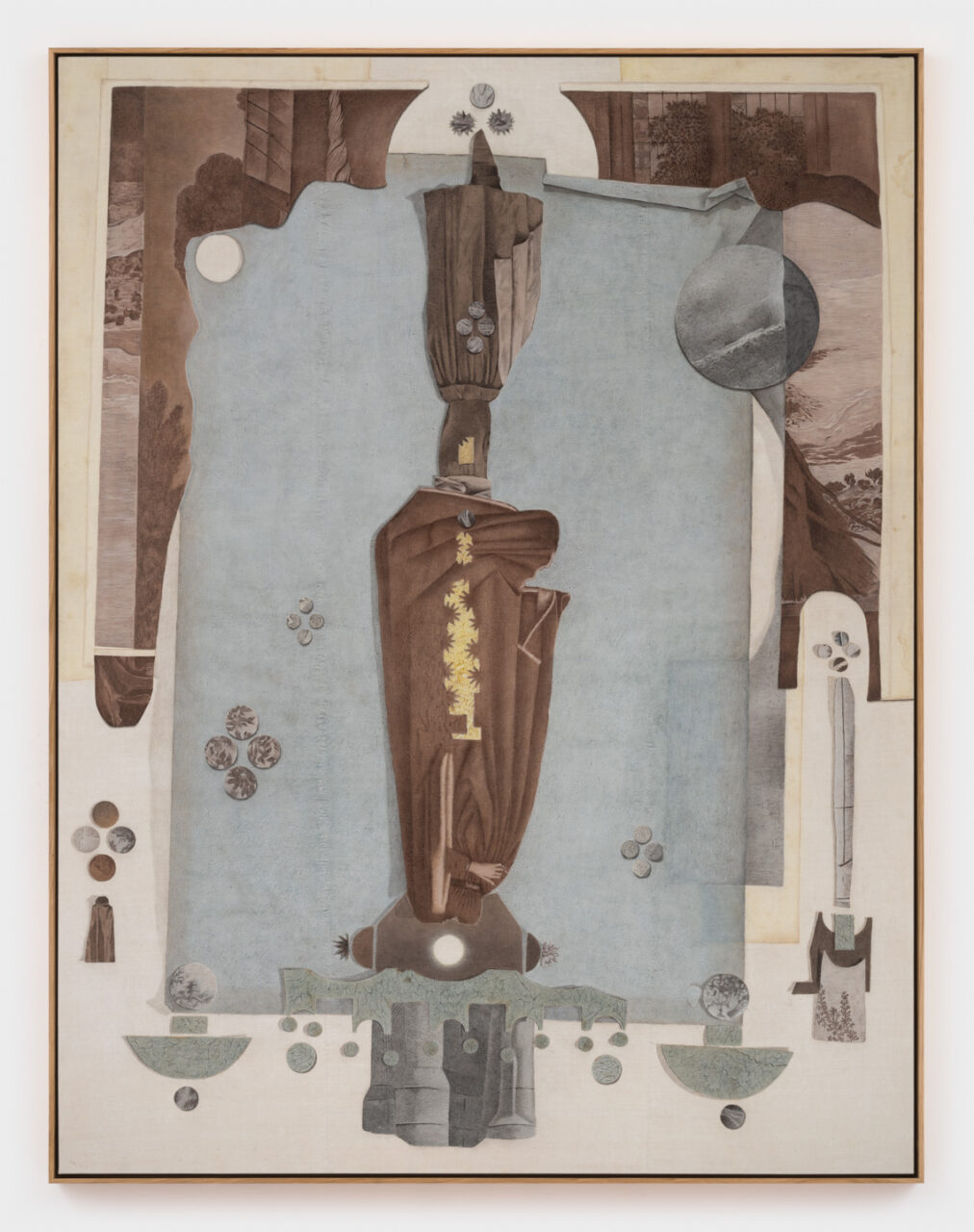
Louise Despont
Titan Arum, 2024
Colored pencil on antique linen
Framed: 90 3/4 x 69 1/4 inches -

Louise Despont
The Council, 2024
Collage on antique paper
Framed: 29 1/4 x 23 1/4 inches -

Louise Despont
Elements for an Alter, 2024
Collage on antique paper
Framed: 29 1/4 x 23 1/4 inches -

Louise Despont
Titan Arum, 2023
Collage on antique paper
Framed: 29 1/4 x 23 1/4 inches -
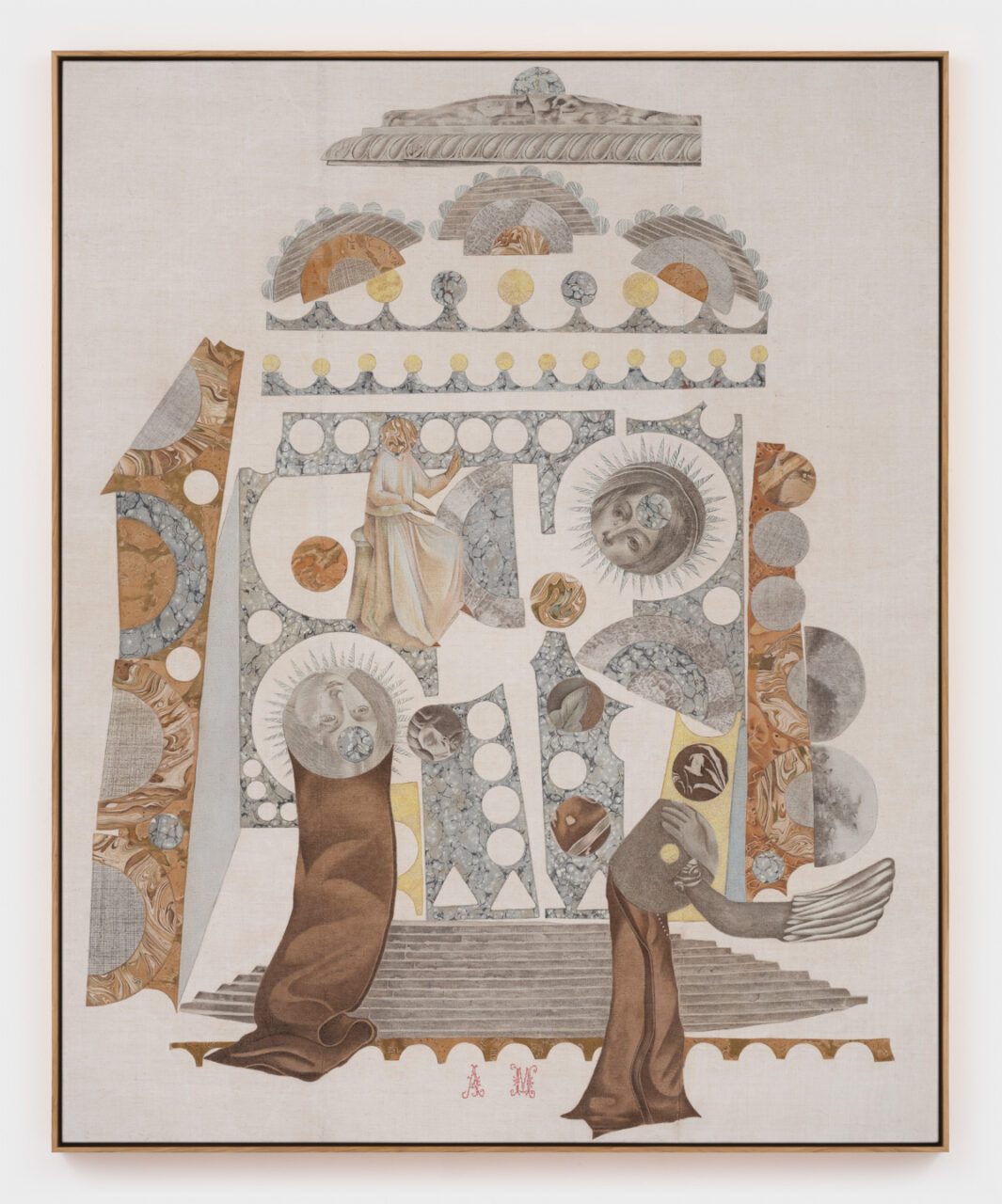
Louise Despont
The Archive, 2024
Colored pencil on antique linen
Framed: 84 1/4 x 68 1/2 inches -
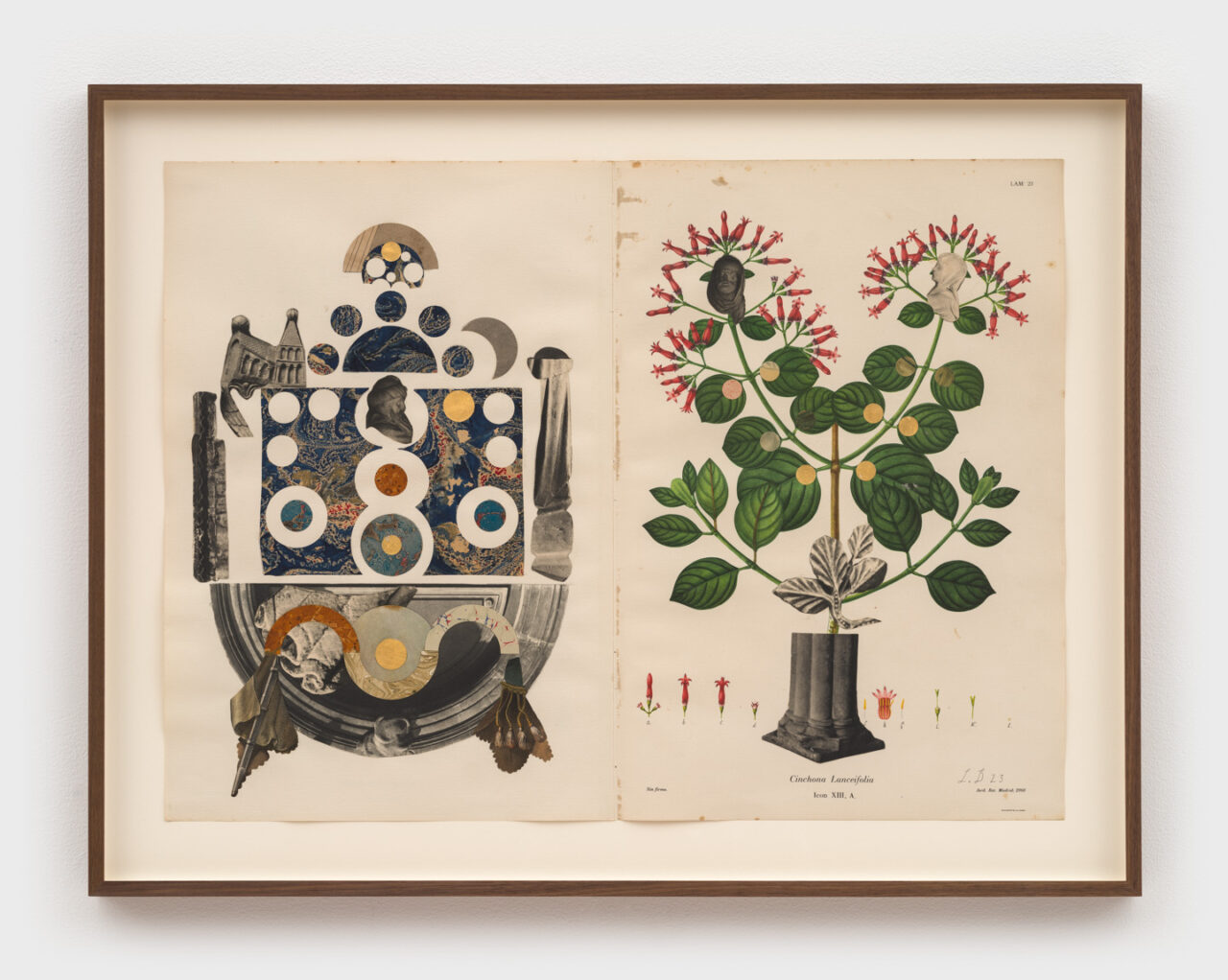
Louise Despont
Floras no. 27, 2025
Collage with antique book pages
Framed: 25 1/2 x 33 inches -
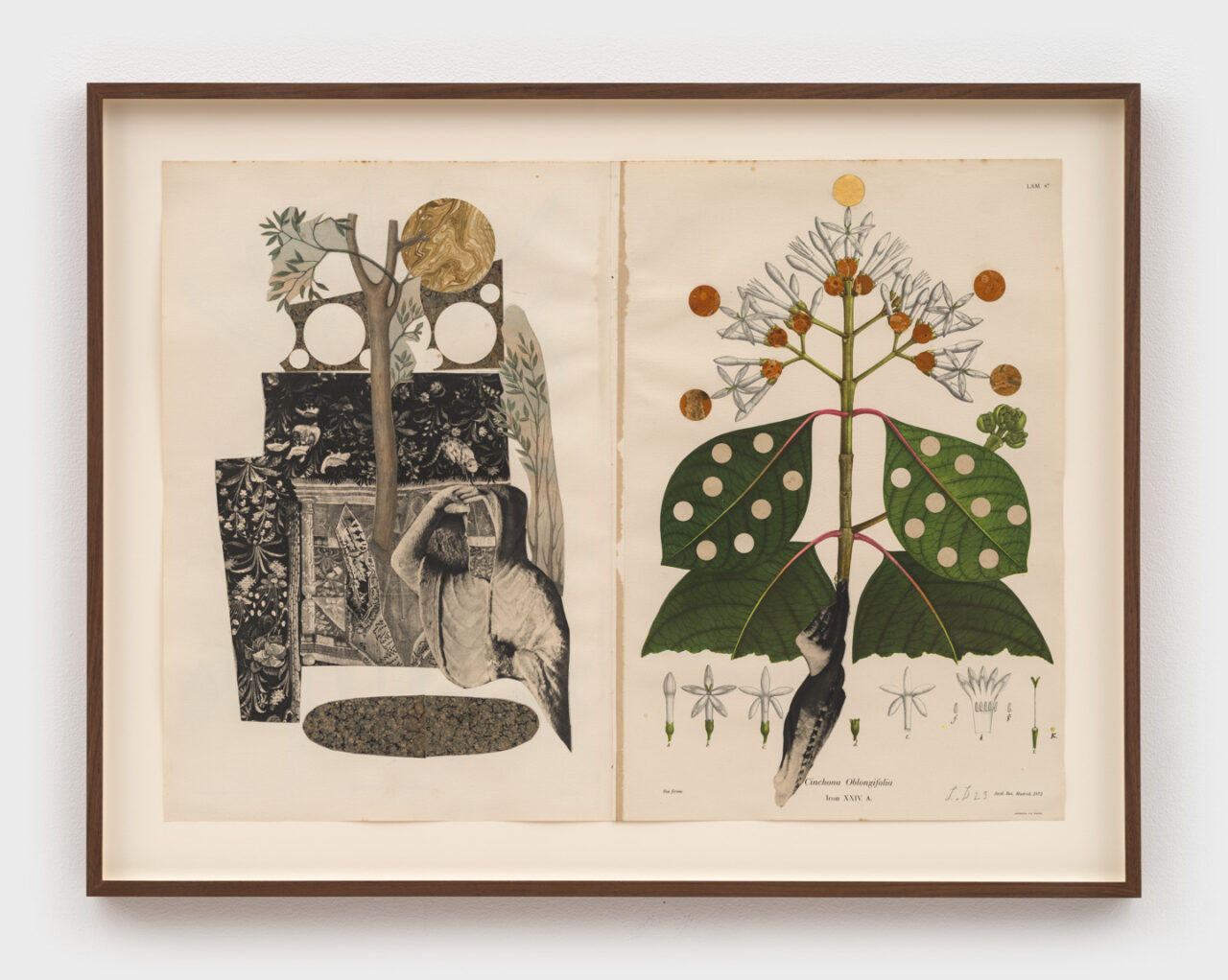
Louise Despont
Floras no. 26, 2025
Collage with antique book pages
Framed: 25 1/2 x 33 inches -
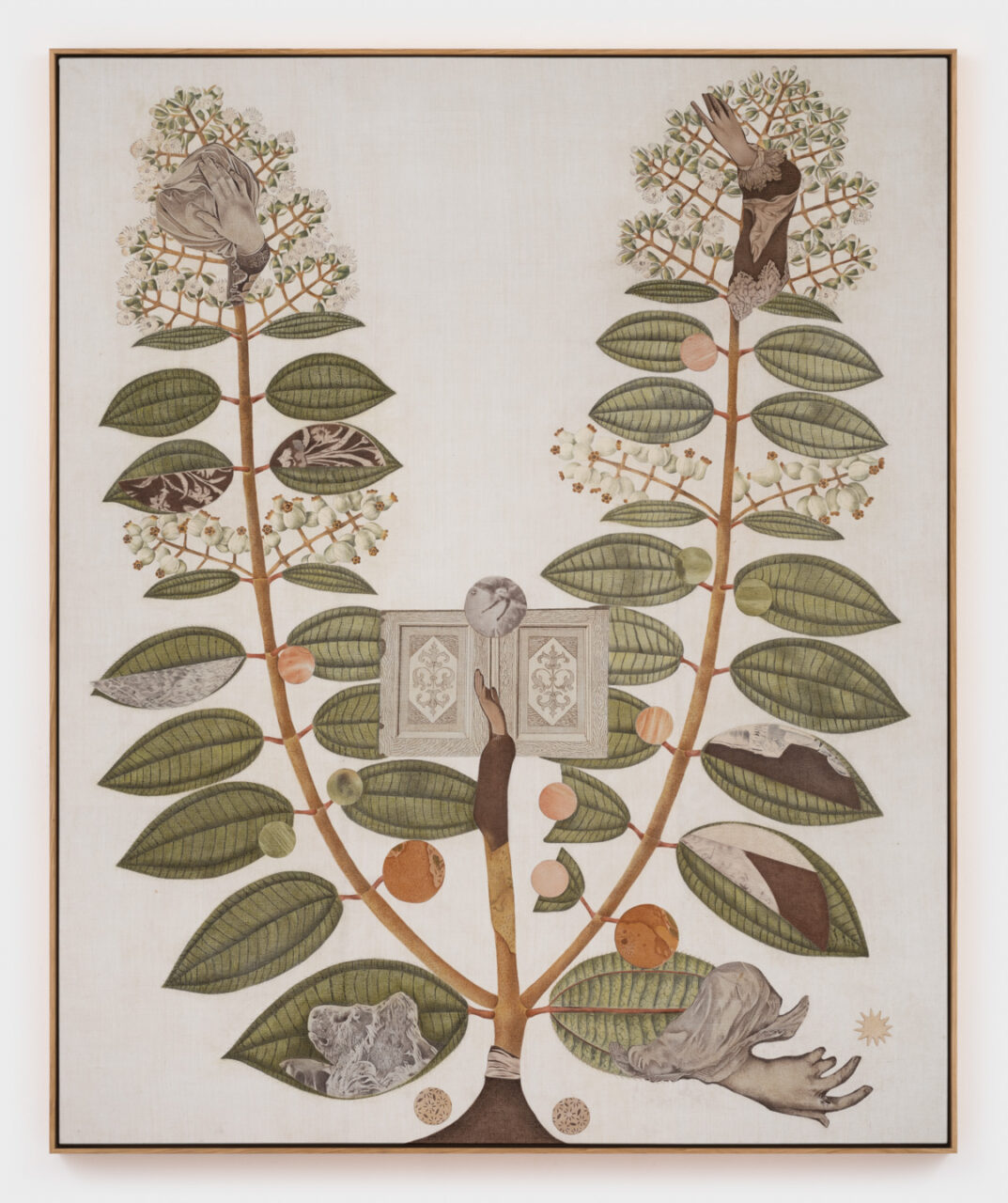
Louise Despont
The Dowsing Rod, 2024
Colored pencil on antique linen
Framed: 88 1/4 x 72 1/4 inches -
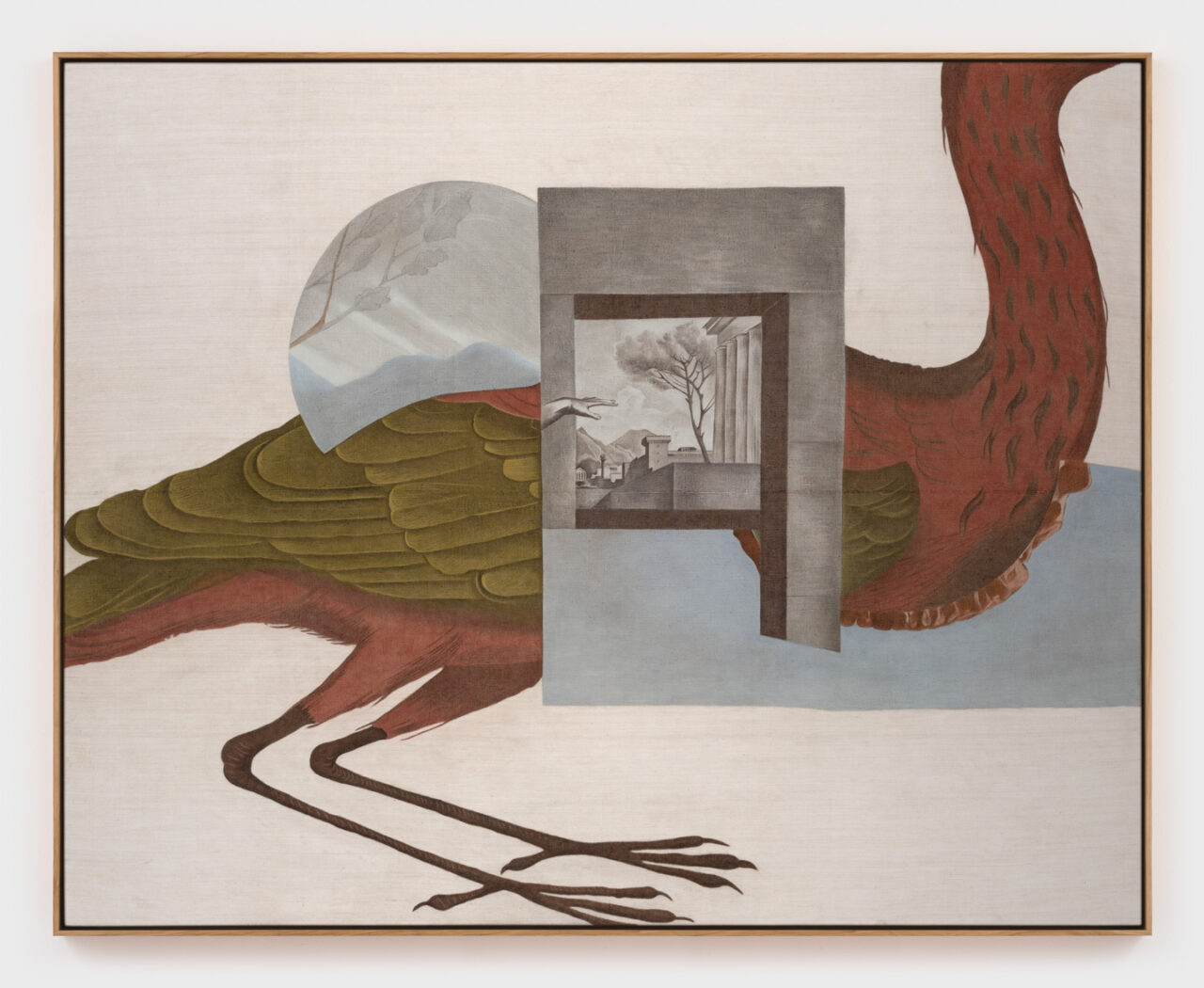
Louise Despont
Transmigration, 2025
Colored pencil on antique linen
Framed: 64 1/4 x 80 1/4 inches -

Louise Despont
Triangle around the Sun (The Council), 2024
Colored pencil on antique linen
Framed: 88 1/4 x 72 1/2 inches -
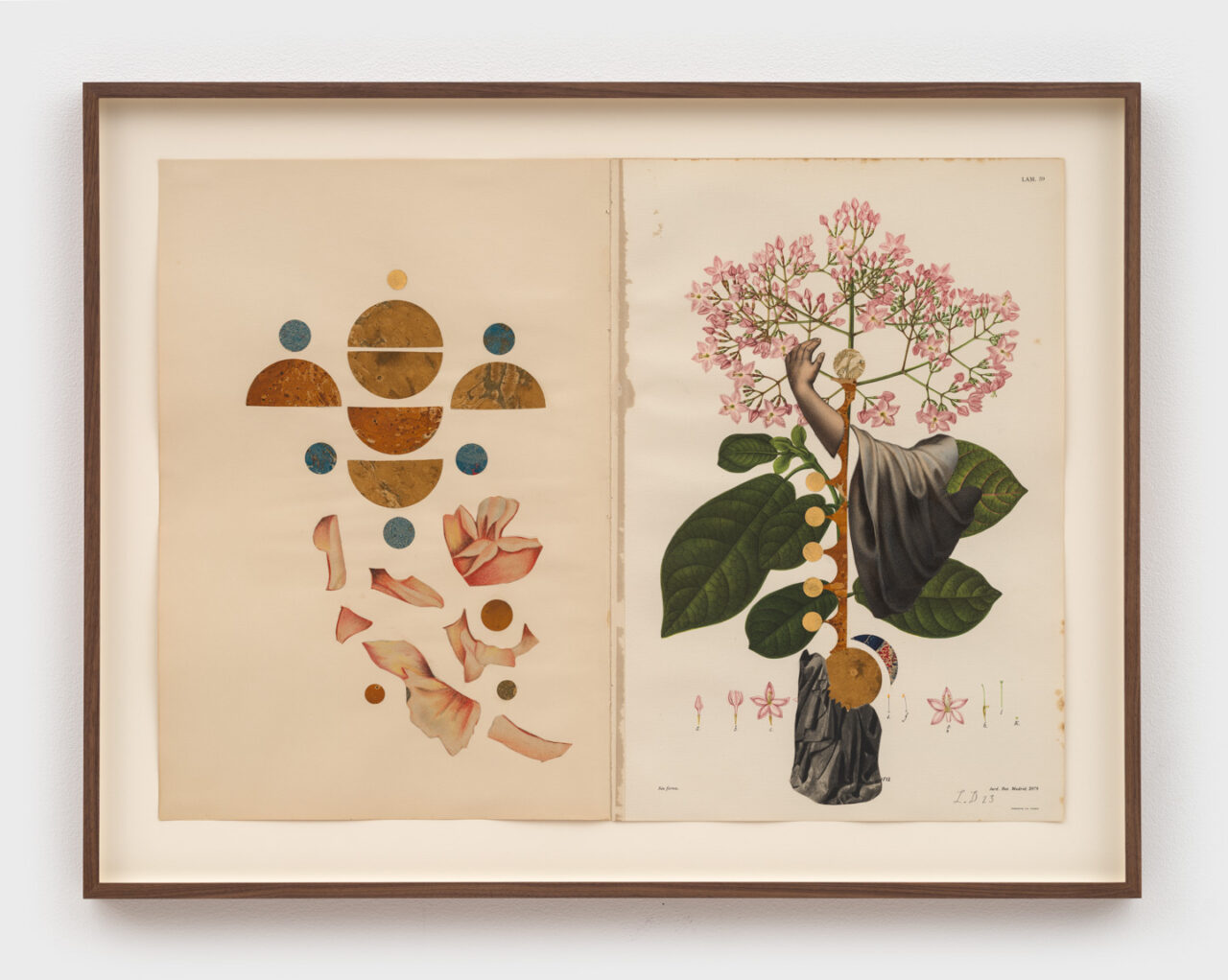
Louise Despont
Floras no. 24, 2025
Collage with antique book pages
Framed: 25 1/2 x 33 inches
Press Release
Opening Reception Thursday, May 15, 6–8pm
Nicelle Beauchene Gallery is pleased to present Afterlifes, Louise Despont’s seventh solo exhibition with the gallery.
In Afterlifes, Louise Despont explores the ways in which the fabric of our material world is intrinsically interwoven with the forms and forces of the invisible world. Thresholds and transitions, language and communication are at the center of these works—in which Despont considers both the spaces of communion and the various dialects of correspondence. While her earlier drawings were focused on the themes of polarity and vibration—as related to pattern, sound, healing, and homeopathy—her recent works are deeply aligned with the hermetic principle of correspondence—as above, so below—which limns the elemental connection between different states of consciousness, or planes of existence, and shows how they affect one another by creating a resonant bond.
Just as we are able to enter into a resonance with a pattern, here we are invited to enter into a resonance with a space—where the visible and the invisible are interwoven. Gravity disappears and a kind of weightlessness pervades the atmosphere. There seems to exist an almost silent humming at the borderland between two states of being. Here, the threshold can be understood both literally, as describing one place leading to another, or one form evolving into another, and metaphorically, as the transition from one field of consciousness to the next.
Comprising small collage works on paper alongside large-scale drawings on canvas, Afterlifes envisions the ways in which we might perceive the invisible lineaments of a correspondence between plants, animals, stones, stars, and ancestors. These correspondences are well documented on the physical plane: phosphorus can be found in a fawn’s finest bone; the residue of a rabbit’s skeleton may end up in the stem of a wild poppy; copper is detected in the vocal chord of a sparrow. But what are the spiritual connections between the physical and invisible world? How does the intelligence of the invisible—the afterlife of plants, animals, and ancestors—inhabit and inform our interior lives?
A consummate draftsman, Despont has historically used architectural stencils, graphite, and colored pencils on antique ledger book paper to create works that have been described as "meticulously executed, delicate drawings that hover between sacred geometry, esoteric symbols, and essentialized forms." Over the past several years, however, the artist has shifted to working in collage—using botanical illustrations, architectural lithographs, and marbled endpapers—and then drawing the collages on antique canvas. In the process, she still engages the techniques learned from using pencil on paper—working methodically and meditatively with progressive layers of rubbed and sanded pigment.
Despont has written about the wisdom of the hand, which acts as a medium through which her artworks pass. With this in mind, the outstretched hand—an image that permeates the works in Afterlifes—can be seen as both a transmitter and a receiver; or, a kind of dialect of correspondence, where certain gestures serve as a form of nonverbal communication. In another sense, the outstretched hand can be seen as representing an openness, a willingness to engage in a conversation with the unknown. Although an aura of excavation suffuses the works, these images have less to do with physical archaeology, and more to do with unearthing memories, messages, or the lithic melodies of unseen presences that still ring in us.
–Kirston Lightowler
Louise Despont (b. 1983, New York, NY) lives and works in Mallorca. She received her BA in Art Semiotics at Brown University in 2006. Despont has had solo exhibitions at The Drawing Center, New York; Pioneer Works, Brooklyn; Nicelle Beauchene Gallery, New York; Galerie Isa, Mumbai; and Ibid Projects, London. Group exhibitions include The Drawing Room, London; Centre de Cultura Contemporania de Barcelona, Spain; VI,VII, Oslo; Petit Palais, Paris; The Museum of Arts and Design, New York; Marianne Boesky Gallery, New York; The High Museum of Art, Atlanta; and Ibid Projects, London, among numerous others.
Her work can be found in the public collections of the Museum of Modern Art, New York; High Museum of Art, Atlanta; Dallas Museum of Art, Texas; and the RISD Museum, Providence.